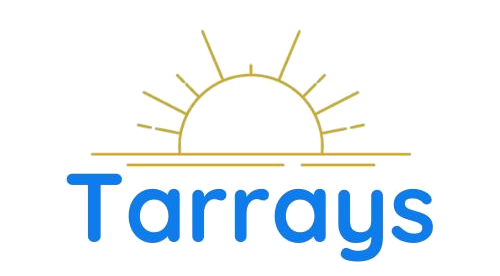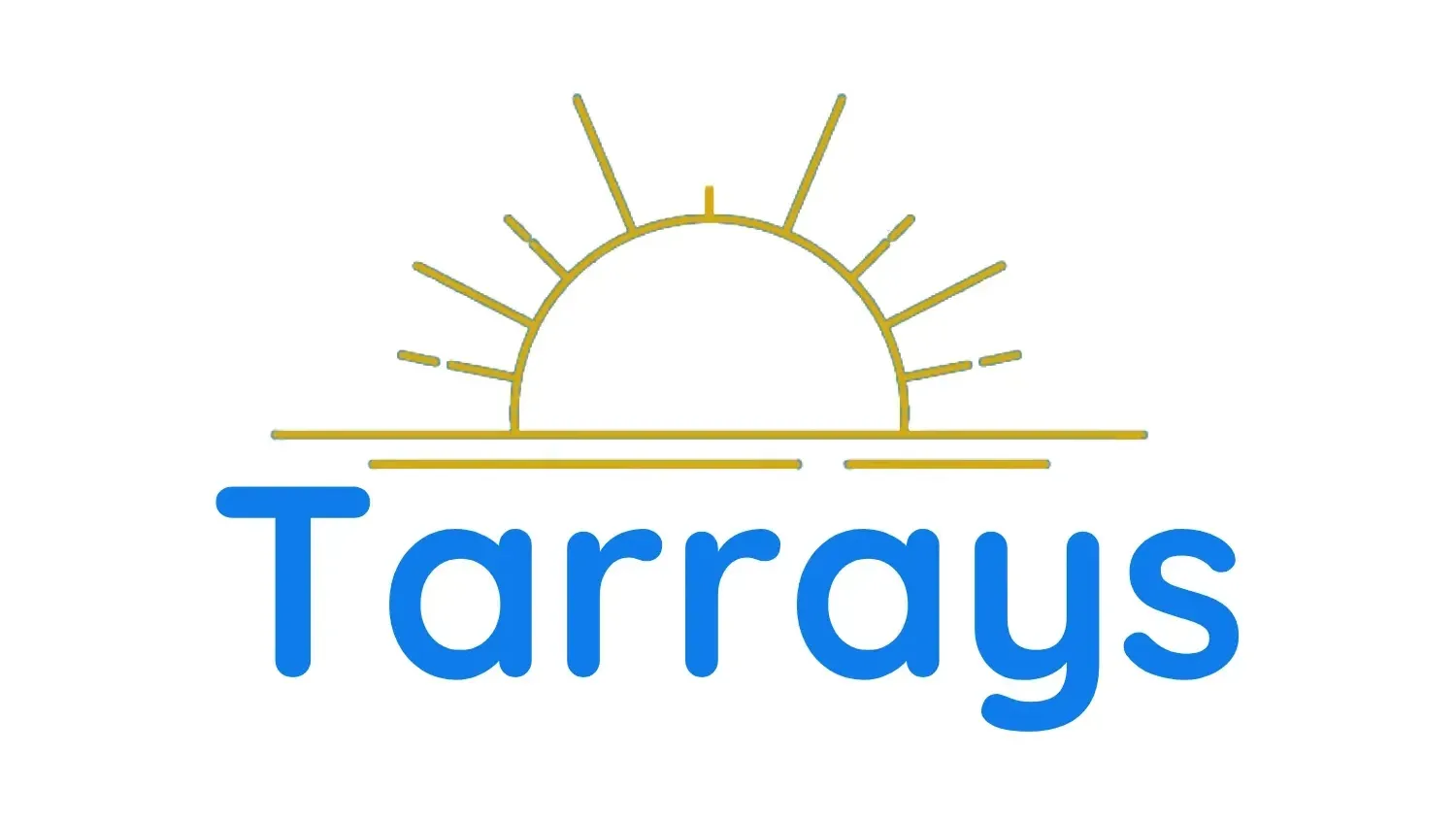Streamlining Senior Care Staffing: Strategies for Organisational Success
The senior care sector faces a critical challenge in ensuring a quality workforce for older Australians, with aged care staffing optimisation becoming increasingly necessary. Addressing the substantial gap between supply and demand, which is projected to need over 130,000 additional workers by 2050, is crucial for improving workforce efficiency and ensuring quality care.
In response, our article offers strategic insights into staffing strategies for senior care facilities, focusing on effective demand forecasting, volunteer recruitment, leveraging technology for roster management, and continuous staff management improvement. These strategies are designed to not only recruit and retain a capable workforce but also to enhance the operational success of aged care organisations.
Effective Demand Forecasting for Staff Allocation
Forecasting the future needs of nursing staff is crucial for aged care facilities, especially given the challenges posed by an aging population. Effective demand forecasting involves several key techniques that help predict staffing requirements accurately, ensuring quality care remains uncompromised.
Historical Data Analysis and Future Demand Estimation
Analysis of Past Trends: Utilising historical data, such as the study funded by the Nursing Secretariat of the Ontario Ministry of Health and Long-Term Care, helps in understanding past staffing patterns and their outcomes.
Estimating Future Needs: Projecting future demands based on current data and trends, such as the expected increase in the population of the oldest-old in China to 52.6 million by 2025, is vital. This estimation helps in planning the required nursing staff levels to cater to both healthy and disabled individuals.
Workforce Planning and Strategic Alignment
Strategic Workforce Planning: This involves not only forecasting the numbers but also aligning the recruitment, management, and retention strategies with the overall strategic objectives of the organisation.
Compliance and Quality Standards: Ensuring that the workforce planning complies with Aged Care Quality Standards and considers the composition of the workforce, including volunteers, is essential for maintaining high standards of care.
Leveraging Technology in Forecasting
Dynamic Workforce Scheduling: Integrating advanced technologies such as AI and machine learning can significantly enhance the accuracy of workforce predictions, making the planning process more efficient and adaptable to changing conditions.
Impact on Quality of Care (QoC): Higher staffing levels and better-qualified staff have been shown to improve the quality of care, evidenced by reduced incidents of pressure sores and infections. This highlights the importance of optimal staffing in improving patient outcomes.
By employing these forecasting and planning strategies, aged care facilities can better prepare for future demands, ensuring that staffing levels are adequate to provide high-quality care to an increasingly diverse and growing elderly population.
Strategies for Volunteer Recruitment and Retention
Recruitment and Retention Systems
Comprehensive support and professional development are pivotal, especially in less accessible areas. Implementing four key steps can substantially improve the recruitment and retention of aged care workers:
Attracting and Motivating Talent: Clearly articulate the employee value proposition to overcome negative preconceptions.
Developing the Right Skills: Empower workers through clear career pathways and invest in their education to enhance their skill sets.
Supporting Cultural Competency: Provide training that respects diverse needs and backgrounds, ensuring all staff can deliver culturally competent care.
Leading Collaboration and Safety: Foster a culture of care and safety, and streamline resource allocation to enhance operational efficiency.
Volunteer Engagement Strategies
Volunteers are integral to aged care, contributing significant hours which equate to substantial economic value. To manage this vital resource effectively:
Define Roles and Expectations: Clear definitions of roles help align volunteers' skills with the needs of the facility.
Ongoing Training and Support: Continuous professional development and support retain volunteers and enhance their contribution to care quality.
Operational Support: Ensure administrative processes are volunteer-friendly, with clear communication channels and efficient complaint resolution mechanisms.
Enhancing Volunteer Experience
To further enhance the effectiveness of volunteer programs in aged care:
Direct Recruitment: Actively inviting individuals to volunteer increases participation.
Diverse Roles: Offering a variety of roles attracts a broader volunteer base.
Meaningful Engagement: Ensure roles are fulfilling and recognise volunteers' contributions to boost satisfaction and encourage ongoing participation.
These strategies not only help in maintaining a robust volunteer workforce but also ensure that their contributions are meaningful and aligned with the goals of aged care facilities.
Leveraging Technology for Roster Management
Key Technologies and Their Impact on Roster Management
Mirus AI and Comprehensive Management Tools:
AN-ACC Resource Hub & Admissions Management: Streamlines admissions and resource allocation.
Workforce Management: Enhances staff scheduling efficiency.
Quality, Risk, and Compliance Management: Ensures adherence to standards and reduces risks.
ShiftCare and RosterElf Solutions:
ShiftCare: Tailored for NDIS Service Providers, offering features like care management and invoicing.
RosterElf: Provides extensive rostering capabilities including time and attendance, payroll integration, and mobile app accessibility.
Daitum and Access Group Innovations:
Daitum’s Rostering Solutions: Focuses on minimising overtime and maximising staff utilisation.
Access Care Rostering Software: Offers real-time schedule updates and compliance with staffing levels.
Advancements in Rostering Software
In-Built Award Interpretation: Prevents financial overspend and enhances payroll accuracy.
Optimisation of Vacant Shift Management: Reduces costs and improves shift coverage.
Streamlined Leave Management: Offers clear oversight of leave requests, aiding in better staff availability management.
Enhancing Adaptability and Compliance
Roster Rules for Compliance: Tracks necessary credentials and supports employee well-being.
Adaptable Master Rosters: Quickly adjusts to changes in demand, ensuring continuous care delivery.
NDIS Rostering Features: Includes advanced scheduling and real-time notifications, crucial for high-quality NDIS service delivery.
These technological solutions not only streamline the management processes but also significantly contribute to the operational efficiency and compliance of aged care facilities, ensuring that staff are well-managed and residents receive consistent, high-quality care.
Continuous Improvement in Staff Management
Establishing a Culture of Continuous Improvement
Continuous improvement in aged care staffing is a strategic commitment to enhancing service quality and operational efficiency. Key to this process is the Plan, Do, Check, Act (PDCA) methodology, which ensures systematic quality improvements are both implemented and evaluated effectively.
Plan: Gather comprehensive data to understand current operations and pinpoint areas needing enhancement.
Do: Implement targeted strategies to address identified issues, such as improving communication channels or enhancing staff training programs.
Check: Regularly review the outcomes of these strategies against set objectives to gauge their effectiveness.
Act: Make necessary adjustments to refine the strategies and re-implement them for better results.
Technology and Employee Engagement in Continuous Improvement
Adopting technology in the continuous improvement process can significantly enhance the efficiency and accuracy of initiatives. Tools like the Government Provider Management System (GPMS) allow for precise data analysis, aiding in decision-making. Simultaneously, engaging all staff levels in the improvement process ensures that initiatives are practical and grounded in real-world challenges and solutions.
Data Analysis: Utilise GPMS for real-time data insights to drive informed decisions.
Staff Engagement: Encourage staff to participate in identifying issues and crafting solutions, ensuring that improvements are relevant and effectively address their needs.
Strategies for Sustainable Improvement
To sustain continuous improvement, senior care facilities must focus on creating an organisational culture that prioritises and values ongoing development and learning. This involves:
Leadership Support: Strong backing from senior management is crucial in fostering a culture of improvement.
Skill Development: Continuous training programs that enhance both technical and soft skills of the workforce.
Quality Monitoring: Regular assessments through tools like the Aged Care Mandatory Quality Indicator Program to ensure standards are met and exceeded.
By integrating these strategies, aged care providers can achieve a dynamic environment where continuous improvement is not just a policy, but a core aspect of the organisational culture, leading to better care outcomes and enhanced staff satisfaction.
Throughout this article, we explored various strategies aimed at enhancing staffing efficiencies in aged care facilities, from the effective forecasting of staff needs to the integration of technology for optimal roster management. These approaches, coupled with the emphasis on continuous improvement and the vital role of volunteer engagement, illustrate a pathway for aged care organisations to not only address the current workforce challenges but also to pave the way for sustainable operational success. Emphasising strategic planning, technological innovation, and a commitment to continuous improvement, these strategies underscore the importance of a multifaceted approach to staffing in the senior care sector.
The implications of these discussed strategies extend beyond immediate operational improvements, suggesting a broader impact on the quality of care provided to the elderly population. By fostering a culture of efficiency, adaptability, and continual learning, aged care facilities are better positioned to meet the complex needs of their residents, thereby enhancing the overall standard of care. Looking forward, as the sector evolves, the continuous integration of these strategies, together with a focus on innovative solutions and professional development, will be crucial in navigating the future challenges of aged care staffing, ensuring that quality care is both a priority and a reality for all older Australians.












